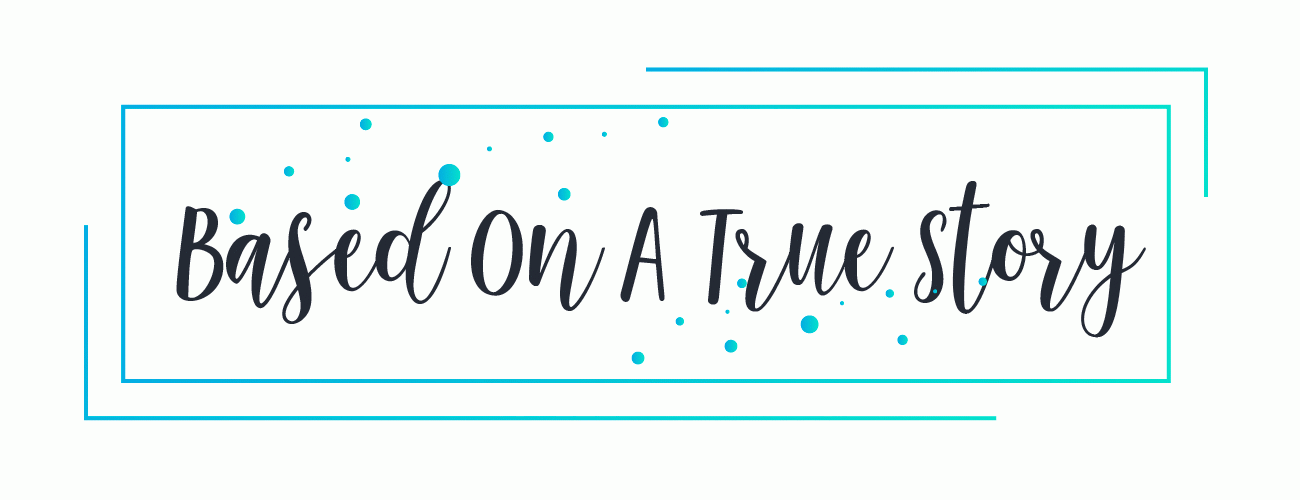
Buttermilk Graffiti: A Chef’s Journey to Discover America’s New Melting-Pot Cuisine
by Edward LeeGenres: Nonfiction
Published on April 17, 2018
Pages: 304
Format: Hardcover Source: Library

There is a new American culinary landscape developing around us, and it’s one that chef Edward Lee is proud to represent. In a nation of immigrants who bring their own culinary backgrounds to this country, what happens one or even two generations later? What does their cuisine become? It turns into a cuisine uniquely its own and one that Lee argues makes America the most interesting place to eat on earth. Lee illustrates this through his own life story of being a Korean immigrant and a New Yorker and now a Southerner. In Off the Menu, he shows how we each have a unique food memoir that is worthy of exploration. To Lee, recipes are narratives and a conduit to learn about a person, a place, or a point in time. He says that the best way to get to know someone is to eat the food they eat. Each chapter shares a personal tale of growth and self-discovery through the foods Lee eats and the foods of the people he interacts with—whether it’s the Korean budae jjigae of his father or the mustard beer cheese he learns to make from his wife’s German-American family. Each chapter is written in narrative form and punctuated with two recipes to highlight the story, including Green Tea Beignets, Cornbread Pancakes with Rhubarb Jam, and Butternut Squash Schnitzel. Each recipe tells a story, but when taken together, they form the arc of the narrative and contribute to the story we call the new American food.
Edward Lee is fascinated by what happens to food when people move to a new country. For example, what happens when Korean immigrants move to an area where they can’t get the types of peppers that they are used to using and have to substitute South American varieties instead? What new types of cuisines emerge?
He traveled around America to areas where new immigrant communities have grown up to sample the food. Along the way he tries to ingratiate himself in restaurants to find the best food. It doesn’t always go well.Â
This book challenges a lot of deeply held beliefs in the foodie world.
- What does it mean to call a food “authentic”?
- If authentic means “the way it was made at a certain time in the past in a certain place”, does that imply that that culture’s food scene can’t evolve? Must it stay stagnant so rich American people feel it is worth eating?
- Who gets to be the judge of authenticity anyway?
- Why is he looked at strangely if he decides to open a restaurant serving anything but Korean food? Should he be limited to cooking the food of his ancestors? Isn’t he allowed to evolve too?
There are a lot of recipes in this book. I actually made a few which is really unusual for me. I know now that I don’t like anything pickled except cucumbers. I was making coleslaw at the same time I was reading this and he had a basic coleslaw recipe. It was good.Â


This sounds really interesting — I agree, who says you have to be limited if you open a restaurant. And it’s always so funny to me that we associate tomato sauce with “real” Italian food, but Italy didn’t have tomatoes until plants were brought back from the Americas. And German, Dutch, and Belgium chocolate — but chocolate too is a “new world” native. Anyway, I digress. I’ll add this to my list.
I’m going to have to check this book out!
This is our Cook the Books selection for April. I’m looking forward to it.
I was just going to say that, Wendy.
I’m looking forward to what you guys think of it.